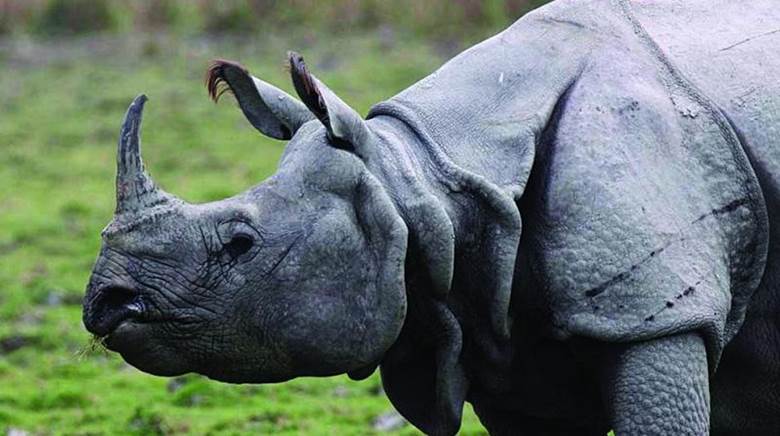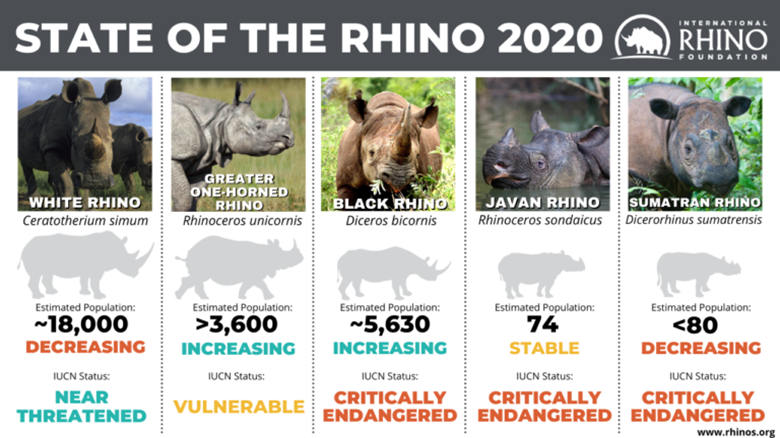Free Courses Sale ends Soon, Get It Now


Free Courses Sale ends Soon, Get It Now



Copyright infringement not intended
Context: According to a study, published in the latest edition of People and Nature by the British Ecological Society, the horns of rhinoceroses may have become smaller over time from the impact of hunting.
Details:

Copyright infringement is not intended
Great Indian rhinoceros
National Rhino Conservation Strategy for India:
https://epaper.thehindu.com/Home/ShareArticle?OrgId=GORAFEP60.1&imageview=0
© 2024 iasgyan. All right reserved